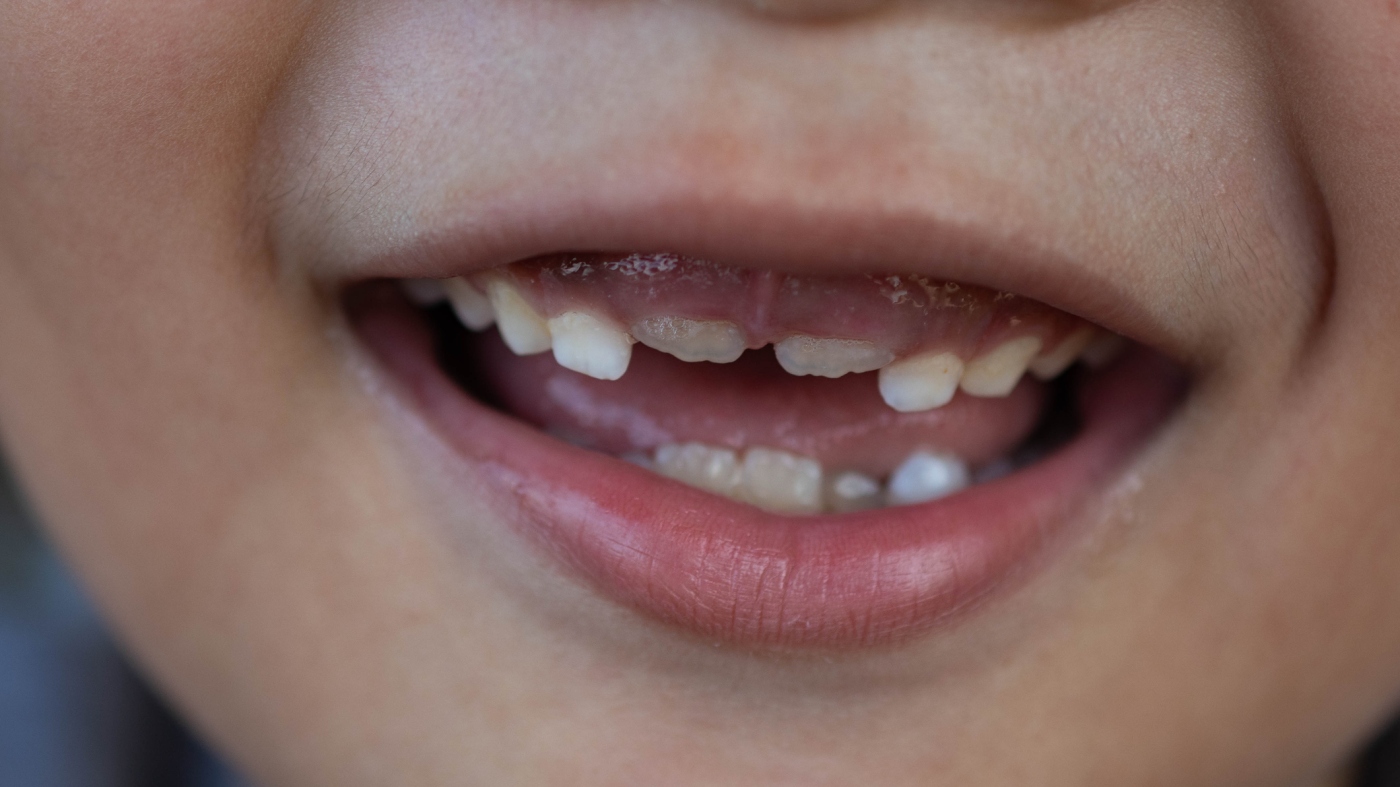The FDA’s Fluoride Decision: Balancing Public Health and Emerging Concerns
Introduction
The U.S. Food and Drug Administration (FDA) recently announced plans to remove concentrated ingestible fluoride prescription products for children from the market—a decision backed by Health Secretary Robert F. Kennedy Jr. This move has ignited fierce debate among dental professionals, public health experts, and policymakers. While fluoride has been a cornerstone of cavity prevention for decades, the FDA’s shift signals growing scrutiny over its safety. This report examines the implications of this decision, the science behind fluoride’s benefits and risks, and the broader tensions between public health priorities and individual safety concerns.
The Science of Fluoride: Why It Has Been a Dental Staple
How Fluoride Protects Teeth
Fluoride works by remineralizing tooth enamel, reversing early decay, and inhibiting bacterial acid production. Its introduction into public water systems in the mid-20th century led to a dramatic decline in cavities, particularly in children. For communities without fluoridated water, dentists have long prescribed fluoride supplements to ensure protection.
Professional Endorsements
Organizations like the American Academy of Pediatrics (AAP) and the American Dental Association (ADA) strongly advocate for fluoride use, recommending:
– Fluoridated toothpaste (a rice-sized amount for toddlers, a pea-sized amount for older children)
– Professional fluoride varnish treatments
– Supplements for children in non-fluoridated areas
These guidelines have been based on decades of research showing fluoride’s safety and efficacy when used appropriately.
The FDA’s Decision: What Changed?
The Neurotoxin Argument
Health Secretary Robert F. Kennedy Jr. has framed fluoride as a “dangerous neurotoxin,” citing studies linking high fluoride exposure to cognitive deficits in children. While these studies often examine areas with naturally excessive fluoride levels (far beyond U.S. water standards), they have fueled skepticism. The FDA’s move aligns with this precautionary stance, though it contradicts longstanding public health consensus.
The Ripple Effect
Utah’s recent ban on water fluoridation—coupled with the FDA’s action—creates a gap in preventive care. Families in non-fluoridated regions may lose access to supplements, leaving dentists with fewer tools to combat cavities. Critics argue this could disproportionately harm low-income children reliant on public health interventions.
The Controversy: Evidence vs. Precaution
What the Research Says
– Benefits: Meta-analyses confirm water fluoridation reduces cavities by 25% in children. Supplements show similar effects where water fluoridation is absent.
– Risks: Dental fluorosis (mild enamel discoloration) occurs with overexposure but is primarily cosmetic. Claims of neurotoxicity rely on high-dose scenarios, not typical supplement use.
A Shift in Policy Philosophy
The FDA’s decision reflects a broader trend: prioritizing hypothetical individual risks over proven population-wide benefits. This contrasts with traditional public health approaches, which accept minor risks for greater good (e.g., vaccines).
The Road Ahead: Navigating Uncertainty
Short-Term Consequences
– Dental Health Gaps: Without supplements, cavity rates may rise in vulnerable communities.
– Provider Dilemmas: Dentists must pivot to alternative prevention methods (sealants, dietary counseling), though these are less universally effective.
Long-Term Solutions
Conclusion: A Delicate Balance
The FDA’s fluoride decision underscores a pivotal challenge: how to reconcile emerging safety concerns with decades of public health success. While skepticism toward any medical intervention is healthy, blanket removals risk unintended harm. The path forward requires:
– Rigorous, transparent research to clarify fluoride’s risk-benefit profile.
– Equitable solutions ensuring no child loses cavity prevention due to geography or income.
– Collaboration between regulators, scientists, and clinicians to avoid reactionary policies.
Fluoride’s story is far from over—but this moment demands a nuanced approach that neither ignores science nor dismisses legitimate caution. The teeth of future generations may depend on it.











